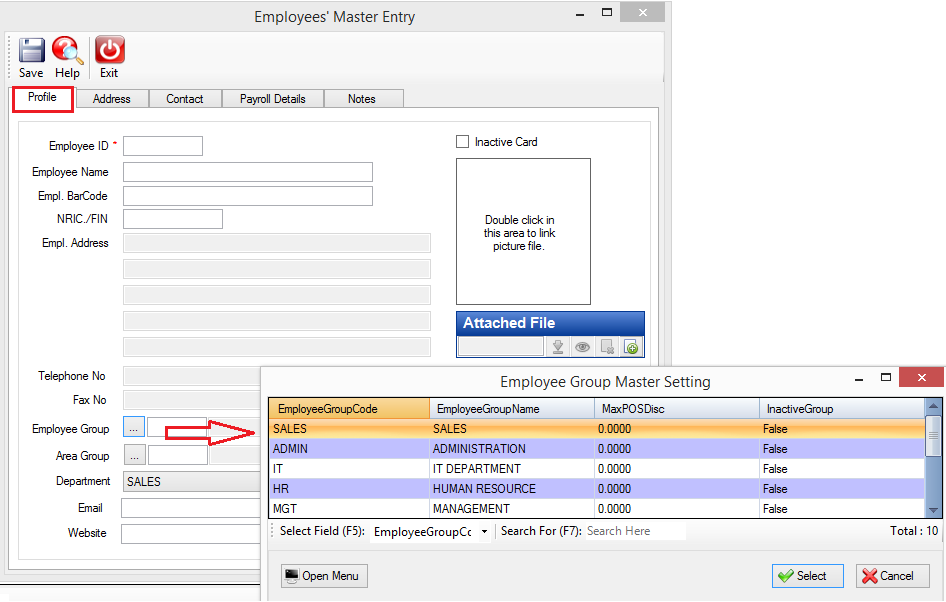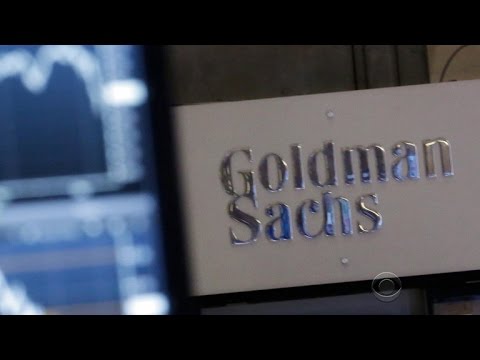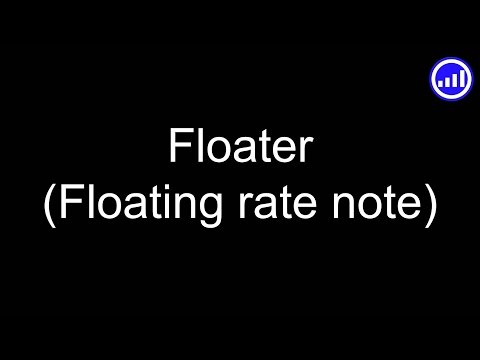Average Trading Value

Average daily trading volume can be tracked for a single stock, for options on a stock, or for market indexes such as the S&P 500. Companies are not allowed to purchase more than 25% of their ADTV on any one day, excluding one block purchase a week. This rule is in place to stop companies from buying all the stock available for sale to juice the stock price. We can see on the chart that, at one point, the stock price fell from around $125 to $112 a share.
Larsen & Toubro Share Price Live Updates: Larsen & Toubro Witnesses Slight Uptick in Stock Price, 1-Day … – Economic Times
Larsen & Toubro Share Price Live Updates: Larsen & Toubro Witnesses Slight Uptick in Stock Price, 1-Day ….
Posted: Tue, 08 Aug 2023 12:31:00 GMT [source]
If this number is significantly higher than other traders in your area, you may be able to charge more when trading with people in the future. Alternatively, if this number is much lower than other traders in your area, you may want to consider pricing yourself more competitively. That means even if the current trading situation is not at an extreme, there will still be some trades on either side of the distribution, which skews the average towards one end. Average total cost is calculated by dividing the total cost of production by the total number of units produced. The services and products offered on the website are subject to applicable laws and regulations, as well as
relevant service terms and policies.
Understanding Average Prices
This presentation is for informational and educational use only and is not a recommendation or endorsement of any particular investment or investment strategy. Investment information provided in this content is general in nature, strictly for illustrative purposes, and may not be appropriate for all investors. It is provided without respect to individual average traded price investors’ financial sophistication, financial situation, investment objectives, investing time horizon, or risk tolerance. You should consider the appropriateness of this information having regard to your relevant personal circumstances before making any investment decisions. Past investment performance does not indicate or guarantee future success.
- Average unit price is the average price an item is sold for in a specific time period.
- Past performance of investment products does
not guarantee future results. - Now that the volume has stabilized you can wait for the price to consolidate and volume to start moving up with buying pressure (if you think the stock is a buy).
As per regulations, linking your PAN to your Aadhaar is mandatory. To allow trading activity, the status of your PAN & Aadhaar should be marked as operative at the exchanges (NSE, BSE & MCX) and depository (CDSL) records. It may take up to 30 working days for the status to be updated at each entity.
How Volume-Weighted Average Pricing Works
Let’s say you’ve been buying shares of Apple (AAPL 0.53%) for several years. Here’s the formula used to calculate the average trade price in the example above. With stocks that you’ve invested in multiple times, it’s useful to know how to calculate average trade price. This information can help you track your gains and losses over time.

Average traded price is also referred to as volume-weighted average price. Average unit price is the average price an item is sold for in a specific time period. Average unit price is calculated by dividing the total revenue or net sales amount by the number of items sold. Since the purchase price of common stock typically changes every day due to market forces, common stock purchased at different points in time will cost different amounts of money. To calculate the average cost, divide the total purchase amount by the number of shares purchased to figure the average cost per share. Note that, if the bond was purchased at a discount to par, the investor’s average return per year will be higher than the coupon payment.
Conversely, if more trades are happening at higher than lower prices, this could mean that traders think the stock will go up. The average trade price (ATP) is essential in currency trading because it shows how much money you make (or lose) every trade you make. A simple moving average (SMA) calculates the average of a selected range of prices, usually the closing prices of a security, by the number of periods in that range.
It’s also a favored benchmark for passive investors who want to determine whether they’re trading a stock at a good price. Investors are constantly tracking the price of stocks and other securities that they trade. Many stock exchanges report the price of a security as the price at which the most recent trade occurred, but there are other ways to track a security’s price. The average trade price is essential because it can give you an idea of how much a stock is worth. The cost per share is calculated by dividing the current share price by how many shares are available. If there’s a lot of trading going on at lower prices and few trades at higher prices, that can indicate that traders believe the stock will go down.
Our Services
When a stock price has consolidated and is not rising much, you want to see rising volume as the price starts to increase to signal more buyers entering the market. When the stock price is rising, you want increasing volume to signal that it will keep going. Imagine that during one trading day, five shares of XYZ changed hands. In the early afternoon, two shares traded at $7 each, and just before the market closed, one share traded at $12. The average price displayed on the market depth shows the average trading price of a stock at a given time during the day. The average trade price (ATP) is the average price of all the trades made in a security over a given period.
The average trade price is the average price of all the trades made in a given time. To calculate the average trade price, you add all the prices of the businesses made in a given period and then divide by the number of trades. If you didn’t buy the same number of shares in each trade, then you need to calculate the weighted average trade price. This takes into account the number of shares you purchased with each trade. The VWAP (volume-weighted average price) is another form of this metric which is calculated by taking into account the volume of trades made in that period as well. Average traded price is what buyers have paid for one share on average, over the course of a specific time period.
Volume-Weighted Average Price (VWAP)
We can also see on the volume chart on the bottom that the start of that fall was on a high volume day. Now that the volume has stabilized you can wait for the price to consolidate and volume to start moving up with buying pressure (if you think the stock is a buy). Most investors won’t need to worry about VWAP because their portfolios are too small to make it a good way to analyze the value of their stock positions. If you’re implementing technical analysis in your investing strategy, you may want to use VWAP to try to identify trends. Finally, trading options with any company will give you an idea of when to buy or sell your options because the average trade price will show which way a company’s shares have been trending recently. The average trade price can be used to help you make decisions about when to buy or sell a security.
It reflects the average cost of one share of a certain stock over a specific period. The volume-weighted average price (VWAP) is a trading benchmark used by traders that reveals the average price a security has traded at throughout the day, based on both volume and price. It is important because it provides traders with insight into both the trend and value of a security. Volume-weighted average pricing works by letting investors find the average price at which a stock or other security is traded during the course of the day. An alternative way to assess trading volume is to look at the stock’s turnover ratio, which measures the total dollar amount of shares traded against the total dollar amount of stocks outstanding.

For example, if the average trade price has decreased recently, it may indicate that now is an excellent time to sell. Alternatively, if the average trade price has increased recently, it may suggest that now is a perfect time to buy. Let’s say you buy 50 shares of a stock in one trade, and then 100 shares the next time. The price you pay the second time around will affect your average trade price more, because you bought twice as many shares.
Create a free account to unlock this Template
The average of a set of values is the total of those values divided by the number of items in that set. As a lagging indicator, however, VAWP is unable to predict future prices. VMAP is usually used on intraday charts to ascertain the basic intraday price moves. Technical analysis relies on examining stock charts to try to identify patterns and then using those patterns to predict future stock performance. On the other hand, if you want to earn a higher return from your assets, this might be the perfect opportunity for short-term investments. Another way to measure how well you’re doing is to see how many trades you make before losing money on one (also known as your maximum drawdown).
How to Calculate Average Stock Price – The Motley Fool
How to Calculate Average Stock Price.
Posted: Fri, 04 Aug 2023 14:05:00 GMT [source]
The broker can also trade in a best effort way and answer the client with the realized price. This is called a VWAP target execution; it incurs more dispersion in the answered price compared to the VWAP price for the client but a lower received/paid commission. Trading algorithms that use VWAP as a target belong to a class of algorithms known as volume participation algorithms. You can see on the right side of the page that Best Buy’s volume on this day was 1.6 million shares and its average is 2.2 million. Morningstar calculates the average based on the trailing twelve months—other websites may use different lengths of time. According to this page, Best Buy’s current volume is more than 25% less than its average.
Why Volume of Trading is Important to Investors
An estimate of the YTM can be calculated using the bond’s average rate to maturity (ARTM). The ARTM determines the yield by measuring the proportion of the average return per year to the average price of the bond. All types of investments are risky and investors may suffer losses. Past performance of investment products does
not guarantee future results. The responsiveness of the
trading system may vary due to market conditions, system performance, and other factors. Account access and
trade execution may be affected by factors such as market volatility.

The technical indicator will then do the average volume calculation for you, updating it each new trading day. Then, as the price nears and then reaches $70, it subsequently sells off sharply, falling back to $65 during a trading day when the trading volume is six million shares – three times the average. It would indicate that $70 represents a level of significant price resistance. The formula for calculating the average daily trading volume of a stock is very simple.
Remember that this data is not specific to stocks; the same concept applies to other investments like bonds and futures. Knowing the average traded price of different investments can help you decide what kind of investment may work best for you. For example, imagine that you buy 50 shares of a stock at $100, and then another 50 shares at $120. Since you made two trades, you divide by two, for an average trade price of $110. In the finance sector, average price is mostly used in the context of bond prices. Bondholders that are interested in knowing the total rate of return from a bond that is held until maturity can calculate a metric known as the yield to maturity (YTM).
 482total visits,2visits today
482total visits,2visits today